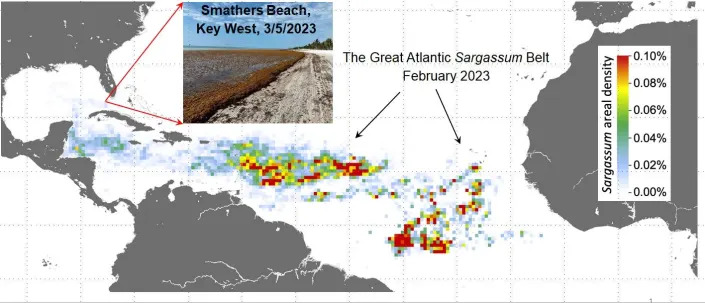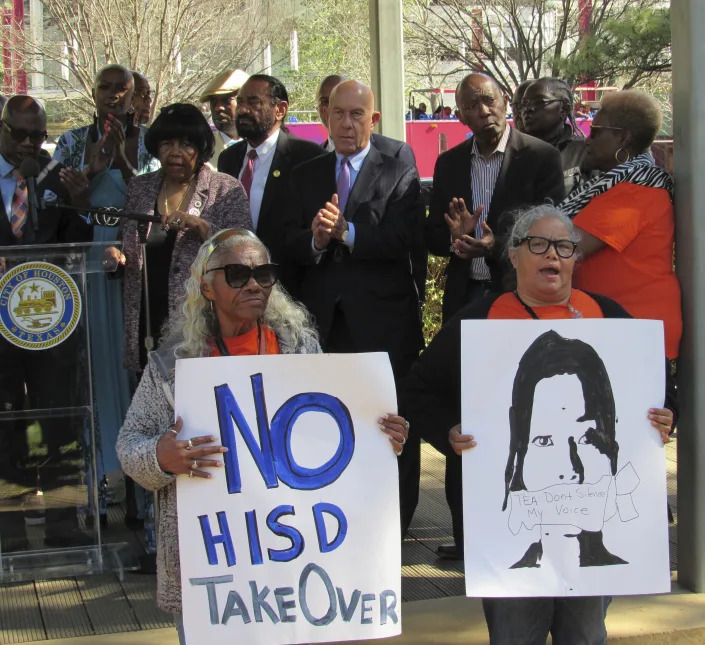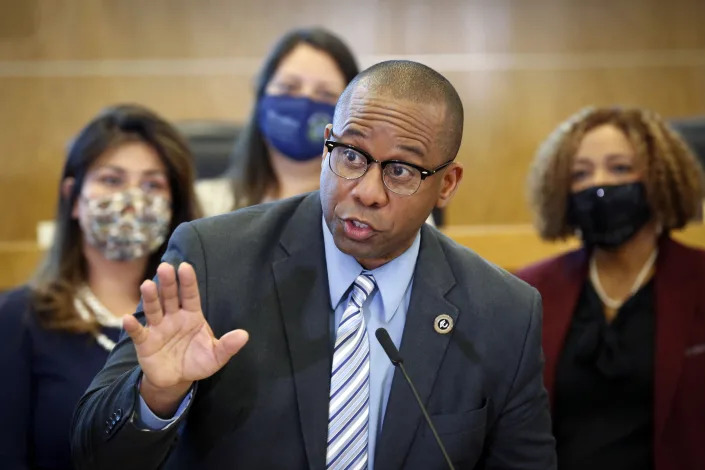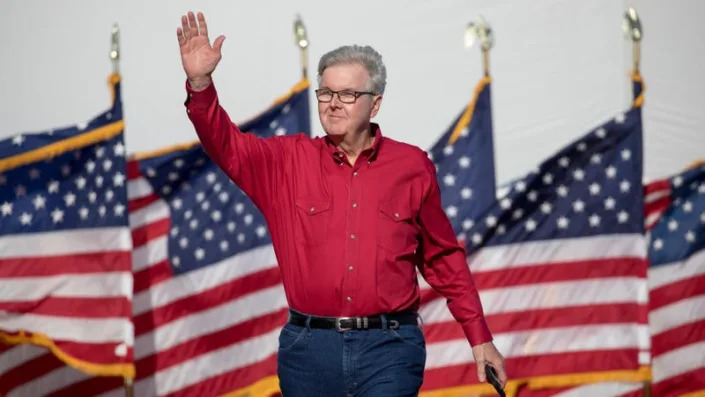Parade
A Study of 12,000 People Found That Taking This One Supplement May Lower Your Dementia Risk by 40%
Beth Ann Mayer – March 16, 2023

Here’s why you should discuss it with your doctor.
Could one supplement be a tool in your dementia-fighting toolbox?
It depends on who you ask, but a new, large study found that it might. The research was conducted by British and Canadian researchers and published in Alzheimer’s & Dementia: Diagnosis, Assessment & Disease Monitoring in March.
Researchers followed 12,388 people around 71 years old for about a decade and found those who took a vitamin D supplement had a 40 percent lower chance of developing dementia than those who did not.
However, experts stress caution about the results. “It is important to note that this study is an observational study, not an intervention, so it cannot establish causation,” said Dr. Claire Sexton, DPhil, the senior director of scientific programs and outreach at the Alzheimer’s Association, in an emailed statement. “Also, a significant limitation to the study is that neither vitamin D levels at baseline and follow-up, nor dose and duration of supplementation, were available or analyzed.”
Sexton says further research is needed. Experts, including one of the study’s authors, discussed the research and the importance of discussing supplements with your doctor.
Related: 50 Inspiring Menopause Jokes
About the Study
Principal investigator Dr. Zahinoor Ismail, MD, FRCPC, treats patients with clinical dementia and researches early identification and prevention. He wanted to look into the effects of using vitamin D in advance of dementia.
“The genesis of the project came when I was reading some literature and saw there were potential vitamin D effects on behavioral symptoms in Alzheimer’s,” says Dr. Ismail, a professor at the University of Calgary.
Researchers collected data from the National Alzheimer’s Coordinating Center (NACC) database in the U.S. Participants were dementia-free (normal cognition) or had mild cognitive impairment at baseline and had an average age of 71.2 years old. Most participants (80 percent) were white.
Researchers tracked patients for about 10 years. Of the 12,388 patients, 2,700 developed dementia. Researchers discovered vitamin D habits differed among participants. The dementia risk in patients who had taken vitamin D was 15 percent compared to 26 percent in patients who never had taken supplements.
Researchers accounted for age, gender, race, education and depression, and ultimately concluded that vitamin D supplementation could lower dementia by 40 percent compared to no exposure. Why might this finding be?
“Vitamin D can help prevent or clear the abnormal proteins that cause Alzheimer’s Disease,” Dr. Ismail says.
The impact of vitamin D supplementation was more pronounced in women participants. Dr. Ismail says they found that supplementation was associated with a 50 percent lower dementia risk in females but only 25 percent among males.
“We postulated that it is related to perimenopause and menopause…in those periods, there is a loss of estrogen,” Dr. Ismail says. “Estrogen activates vitamin D.”
The benefits of vitamin D supplementation were also greater in participants who had normal cognition versus those who entered the study with mild cognitive impairment. “The earlier the intervention the better when it comes to prevention,” Dr. Ismail says.
While the study design has its flaws, one expert feels the information has importance.
“Understanding the relationship between vitamin D and Alzheimer’s disease, or other diseases potentially causing dementia, is important because it may be possible that with optimizing vitamin D levels we could potentially have some control over our risk for development of dementia,” says Dr. Marzena Gieniusz, MD, the medical director of the Alzheimer’s and Dementia Care Program at Northwell Health, New York.
Related: The Absolute Best Food for Brain Health
What To Understand About the Study’s Limitations
As Dr. Sexton Said—and Dr. Ismail agrees—the study design calls for a caveat.
“The big caveat is that it’s not a randomized control trial,” Dr. Ismail says.
If the study were a randomized control trial (RCT), one group would get vitamin D, and another would receive a placebo. Researchers would compare at a follow-up, explains Dr. Nikhil Palekar, MD, the director of the Stony Brook Center of Excellence for Alzheimer’s Disease and the director of the Alzheimer’s Disease Clinical Trials Program with Stony Brook Medicine.
“It’s interesting,” Dr. Palekar says. “They have a large [sample size]. People with exposure to vitamin D had 40 percent lower rates of dementia. It’s an amazing number. The problem is that they didn’t look at other stuff that patients were on. They could have been taking other supplements that may have helped. They didn’t look at what dose they were on. They didn’t look at how often or how long people took vitamin D—a month? A year? Five years?”
In other words, “It sounds impressive, but there are lots of caveats,” says Dr. Palekar.
Related: Great Blue Light-Blocking Glasses
Dr. Ismail notes that it’s challenging—and not exactly feasible—to conduct a randomized trial that involved giving someone a vitamin D placebo for a decade. He cited ethics (“The research ethics board wouldn’t support this”) and feasibility (“I don’t think anyone would consistently take a drug for 10 years knowing that it might be a placebo”).
“We are left gathering evidence and making recommendations based on shorter RCTs, on longer organizational cohorts with large samples like ours, and ensuring there is a biological plausibility,” he says.
Talk to Your Provider
In her statement, Dr. Sexton emphasized speaking to a provider before starting any supplementation, including vitamin D.
“Always talk to your health care provider before starting supplements or other dietary interventions, and let them know which ones you are already taking,” Dr. Sexton says.
Dr. Ismail agrees, noting that vitamin D is fat-soluble and can be toxic or affect bone health at a high level. Further, providers can run bloodwork to give customized recommendations for dosing. Your doctor also understands your medication history, including any other vitamins, supplements or medications you are on (and if they don’t, tell them).
“[Vitamin D supplements] can potentially interact with other supplements and over-the-counter medications, as well as certain prescription medications,” Dr. Gieniusz says. “Just like prescription medications, supplements can have side effects and can sometimes cause more harm than good in the setting of certain medical conditions.”
Next up: Are You Getting Enough Vitamin D?













